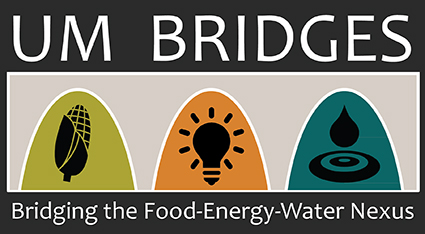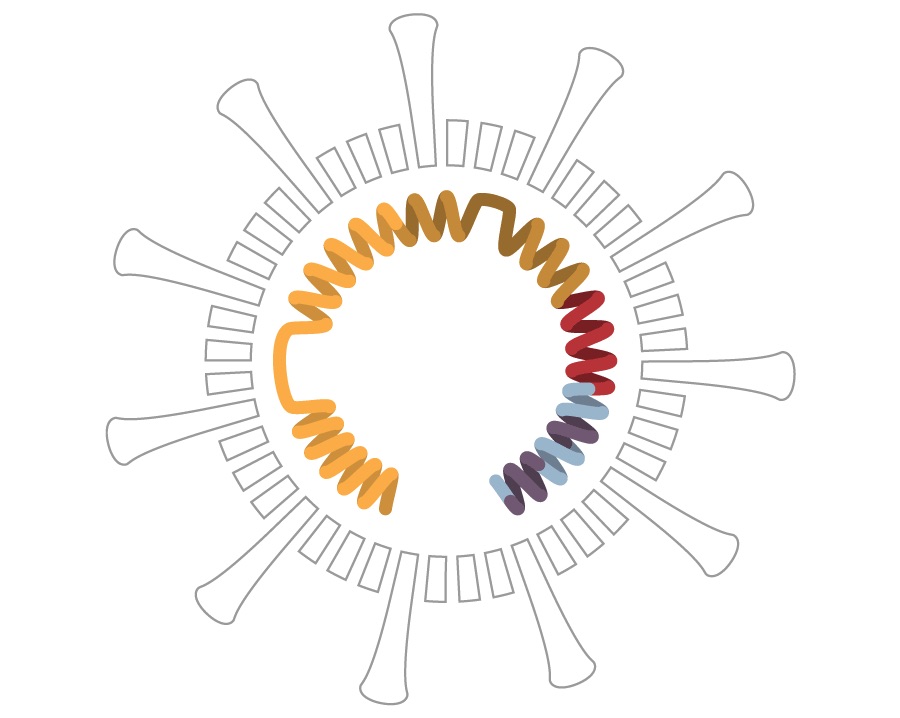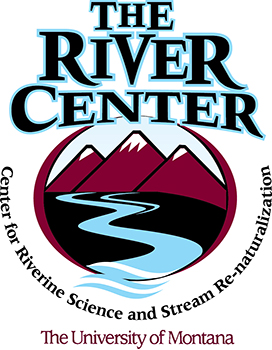
COVID 19: A Clarion Call for #SciComm

By Nadia White
It’s a rare day that science occupies the top spot for local, national and global news, but the novel coronavirus pandemic is shining a hot spotlight on science communications. The climate change communications community has used the opportunity as a timelapse recap of framing and media treatment of a global threat. It’s worth taking a minute to think about the challenges, successes and some risks that have been revealed.
The greatest challenge of communicating the science of the coronavirus is the pace. Science communicators are accustomed to the working with complex ideas for a general audience. Placing the scientific process itself at the center of news stories has taken science communication and journalism into new territory. Journalists on the science beat have put researchers-as-sources at the center of stories about global testing of multiple treatment and vaccine development efforts; harvested news hooks from pre-prints of journal submissions; and asked researchers to clarify the scientific accuracy of the musing of the leader of the free world.
The challenges have been to present new information, fact check policy claims against established scientific understanding and to generally raise the science literacy of an American public that suddenly realizes they do care about process and results. This has ushered in a golden age of info graphics and creative explanatory videos, and shown some pitfalls of rushed science in the public eye.
Here are some high points of the science journalism and communications efforts related to the pandemic that I’ve found admirable and useful. I’d love to see examples that have inspired you, too. Please share them in the comments or in the @WEFnexusUM #INFEWS Twitter thread of this post.
Early on, when the idea of flattening the curve was new to the general public, Grant Sanderson at a his math visualization video blog 3blue1brown offered an effective explanation of exponential growth and epidemics. It’s worth browsing the more than 7,000 comments this received on YouTube to see what math love and interested critique looks like.
Two months later, science graphics editor Jonathan Corum teamed up with science writer Carl Zimmer to explain RNA mutations and why they matter to readers of The New York Times. It’s a well-paced explanation that beautifully pairs images and words to tell a story of science. Science communication is seldom a one-person show anymore. Collaboration is key to communication.
Across the media landscape, news outlets have offered coverage of the coronavirus for free to non-subscribers as a public service. Our good friends at Simbio in Missoula have done something similar, making their digital biology education software broadly available for free to high school and college teachers thrust overnight into the world of remote education. Their How Diseases Spread exploration of epidemiology was created before COVID19 but is highly relevant and being offered for free for summer and fall classes.
The twin needs of science literacy and media literacy are colliding in the Zoomiverse. At times, it feels like a train wreck we can’t turn away from. But turn away we must, we have work to do. It’s time for journalists, science information specialists and researchers across a broad spectrum of social and physical sciences to seize this moment of audience interest and up their science communication game. The world is watching. And learning.
Links embedded in this piece:
- https://theconversation.com/coronavirus-research-done-too-fast-is-testing-publishing-safeguards-bad-science-is-getting-through-134653
- https://www.3blue1brown.com/
- https://www.3blue1brown.com/videos-blog/exponential-growth-and-epidemics
- https://www.nytimes.com/interactive/2020/04/30/science/coronavirus-mutations.html
Illustration: Jonathan Corum of the New York Times used simple illustrations to communicate the complexity of RNA mutation.

